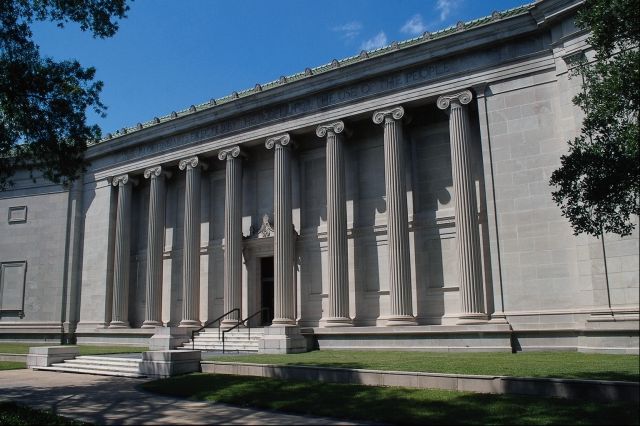
The built environment (i.e., facilities, civil structures, municipal systems) is a fundamental part of society, and it is important for us to ensure that it will not disintegrate over time.
AEC (Architecture, Engineering, and Construction) faces challenges with the structures that are in use today, with the exception of those already on a sustainable path, because they have been around a long time. They use systems of material and energy flows that do not optimize outputs. There are some things to considering when deciding on how to fix the problem (not redesign) that include where and with what methods of construction (or alternatives). Some of others are: (1) guiding human activity to prevent environmental harm; (2) respecting community life, ecology, economy, etc.; (3) maintaining essential ecological processes; (4) regenerating capacities for natural capital (i.e., expand green space and renewable alternatives); (5) and helping communities transition into the AEC platorm to serve the needs of many while compromising few.
In the long term, commercial, civil, and social enterprises (including those of individual and family activity or the pursuit of knowledge) should have social benefits, and "intelligent" systems that can be models for societ to follow.
Mark Hertsgaard, SOURCE 3, in his contributions to the assessment of a global economy, sustainable community developments, and critical analysis of technologies, offers the following arguments:
"Millions of years of evolution have left humans capable of responding to immediate threats--the rustle of leaves or the shadow overhead signalling the approach of a predator--but less inlcined to react to dangers in the distant future" (12).
"Humans have accumulated an impressive amount of knowledge about the environmental crisis, but there is no escaping the fact that our knowledge is incomplete" (16).
In a sarcastic response to how most people envision the processes that occur in and around industry:
"I would be seated in a long metal tube that, despite its enormous weight, would lift off the grund, climb above the clouds, and travel thousands of miles, traversing in hours..."(81).
He asserts that when we acquire the knowledge specific to how our community will benefit from sustainability, and how the sustainability works, we will more incline to defend it, as well as our surrounding environment

"The continual web of life"
This is what Fritjof Capra, SOURCE 1, calls "eco-literacy;" the ability of our community to acquire a significant amount of knowledge about ecology, the systems invloved with energy flows, and the benefits that sustainability is sure to reward us with. In fact, this is the first step of two in his approach to bringing sustainability to the local community. the second is to move toward "eco-design." In his words:
"Design, in the broadest sense, consists of shaping the flows of energy and materials for human purposes. Eco-design is a process in which our human purposes are carefully meshed with the larger patterns and flows of the natural world. Eco-design principles reflect the principles of organization that nature has evolved to sustain the web of life" (233).
 SOURCE 2
SOURCE 2
Here are some alternatives to sustainable engineering that can broaden our information sources, accessibility, and sustainble practices within the home:
Because their is a lot of economic diversity, and various forms of political and social influences/systems/legislatures all over the world, there is a great need to understand how they affect our ability to become sustainable. As mentioned before, our country is largely democratic. Our infrastructures are built on the premise that education and free will are inherently good and desireable. What, then, should be done within countries and communities that cannot express this freedom? It is a very troubling issue. Though it is largely beyond the scope of "green engineering," it is something to consider. It is also a topic of crucial speculation and debate on governmental levels. I offer the following introductory passages as a buffer only; there are lots of resources to get more information.
Manuel Castells (environmentalist, active participant in the world of sustainability and economy) tell us:
"Areas that are non-valuable from the perspective of informational capitalism, and that do not have significant political interest for the powers that be, are bypassed by flows of wealth and information, and basically deprived of the basic technological infrastructure that allows us to innovate, produce, consume, and even live in today's world" SOURCE 3.
Fritjof Capra, as introduced before, tells us:
"In order to combine respect for these human rights with the ethics of ecological sustainability, we need to realize that sustainability--in ecosystems as well as human society--is not an individual property but a property of an entire web of relationships: it involves a whole community" SOURCE 1
Koos Neefjes, in his essay "Ecological Degradation: A Cause For Conflict, a Concern For Survival," SOURCE 5, tells us:
There are three main points in the issue:
Whew, and you thought that "green engineering" was tough to tackle...
-4-